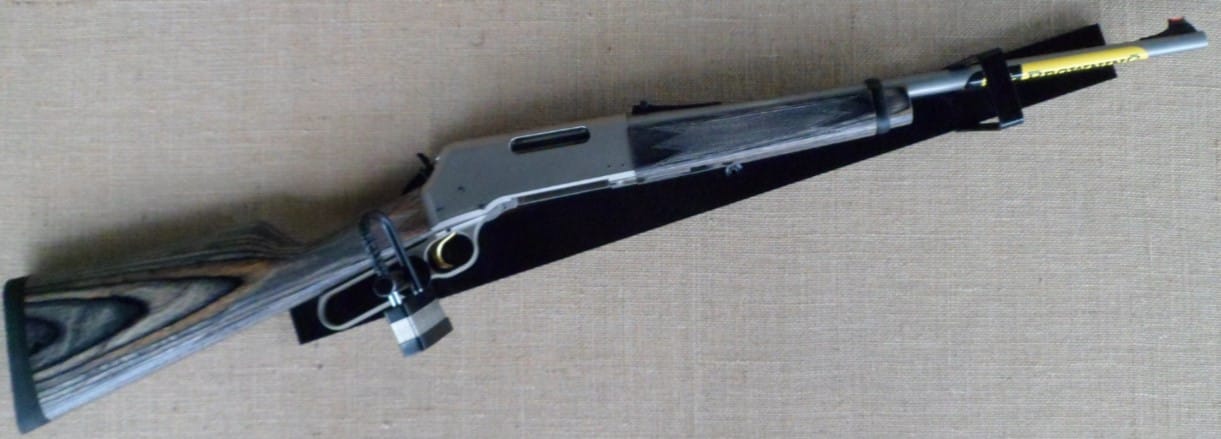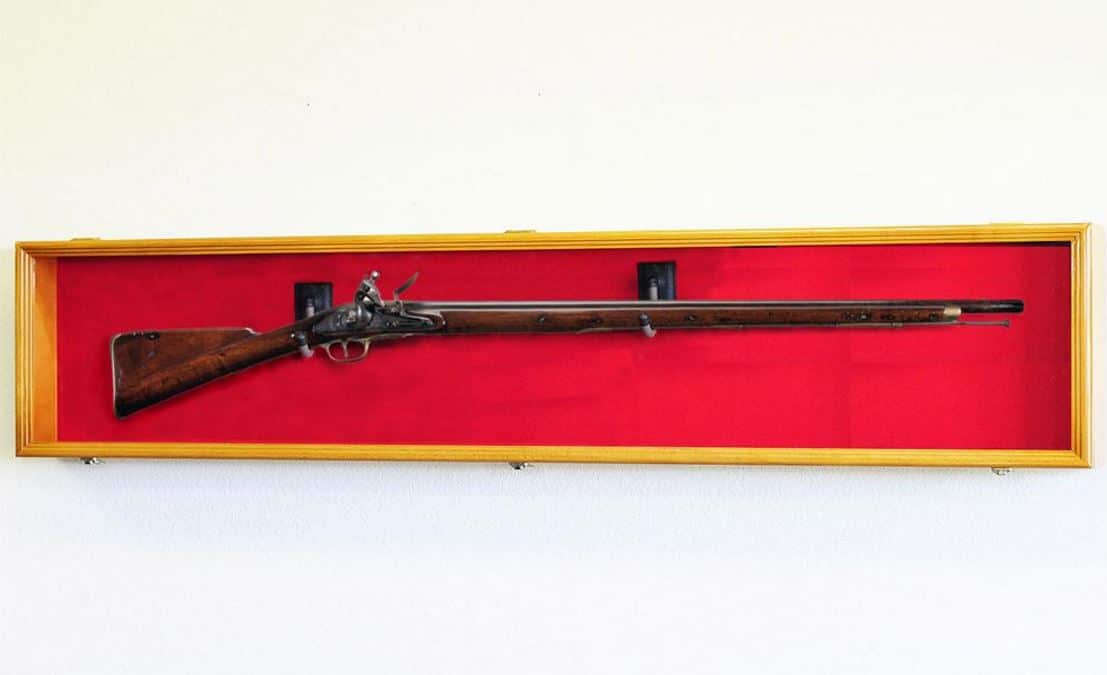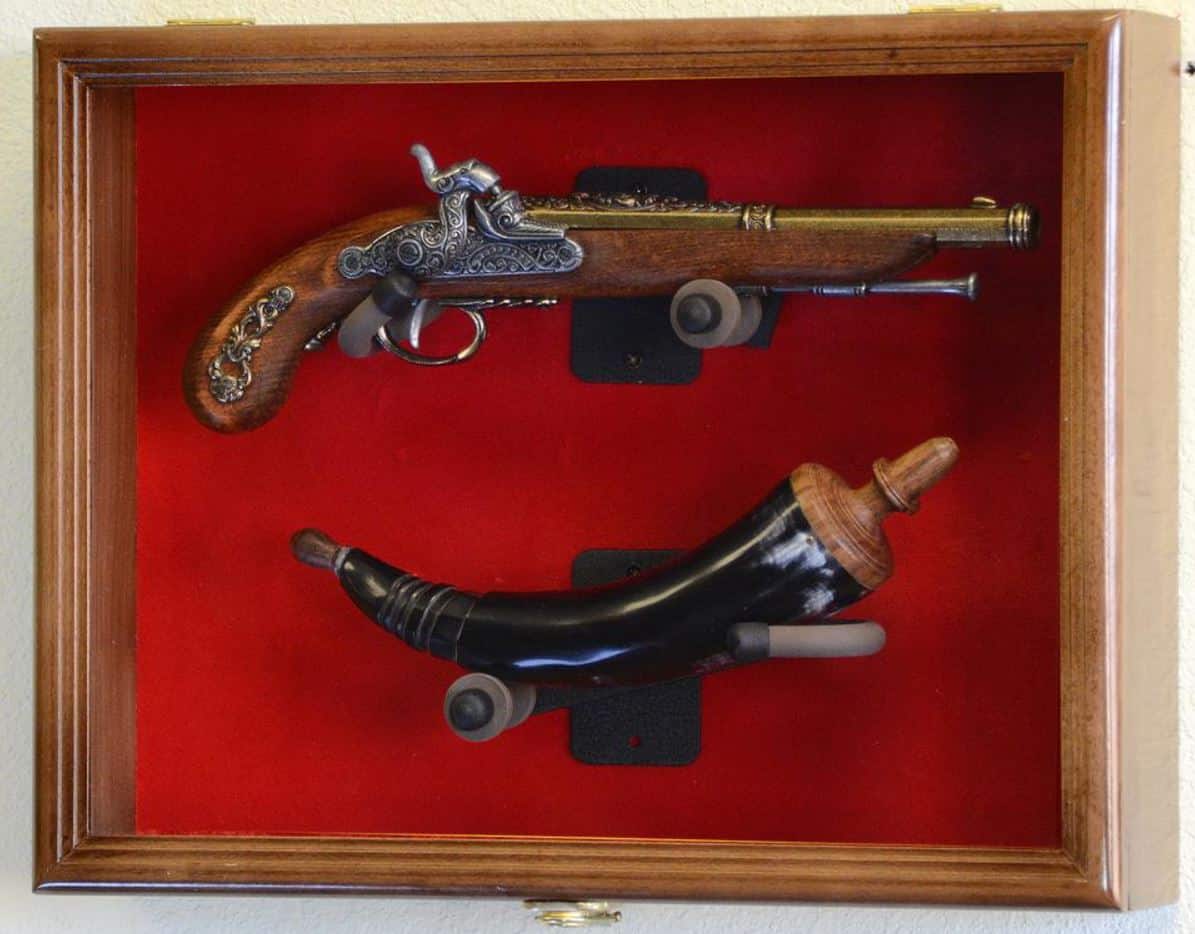New Zealand has a long history of firearms ownership – from wars fought locally and globally, the deer culling years, or simply heirlooms from family, sporting memorabilia and more. Regardless of the source, you may have a firearm that you want to have, and put on display. What are the rules regarding owning these firearms, and displaying them?
I dont have a firearms licence.
This might seem like an odd one, but it happens to a surprising amount of families. Someone in the family passes away who owned firearms, and suddenly people are left the conundrum of firearms in the house, without anyone actually holding a Firearms Licence.
When I worked at Gun City, we had a few people walk in with firearms that they had found in the attic, been given, or otherwise come into possession of.
In some cases, they simply chose to surrender the firearm over to us and we dealt with it appropriately – it should also be noted that the Police are another place this can be done. Though, I would strongly suggest you call them up before just walking into the local police station with a firearm.
Disabled Firearms
The other approach is ‘disabling the firearm – so it technically is no longer a firearm at all.
However, there is no specific definition of what a disabled firearm is in NZ Law. So it can become a little blurry as to what is, or is not considered disabled.
I talked to a few gunsmiths about this – asking what they had done previously and what was accepted – and the overriding feedback was consistently vague – “It depends, and you really need to check with your arms officer.”
However, it seemed clear – removing a firing pin and slugging the barrel (putting something down it) was not generally considered enough – unless it was very clear from just looking at the gun, that it was no longer usable – even then, as you will read below – most arms officers still are not going to be too keen on you displaying it.

Inoperable Firearms
For the MSC Firearms Courses – I have been issued with a pile of ‘disabled’ firearms. These have all had firing pins removed, actions tampered with, multiple holes drilled in the barrel, spray painted, tagged, and otherwise rendered inoperable ever again. It would be easier to just buy a new gun than try to get one of these working again.
However. For all intents and purposes – they are still guns. I am required to store them as such (in a safe), transport them as such and handle them as such. Such is the law.
The one solution…
The one solution I have heard of was from a gentleman with two sons, who wanted them to be able to take their grandfathers rifle and keep hold of it. Neither had a licence.
In the end, this guy had the rifle water cut directly down the middle, and each side was then mounted onto a separate piece of wood and presented to the sons. The gun was now clearly ‘half’ a gun, and, it removed any challenge of who was getting it!
However. For many, the idea of cutting a collectable/heirloom rifle in half is close to a travesty – so what other options are there?

Display
To be clear, every arms officer and senior police office I asked this question, clearly came back with the answer that the Police, on the whole, and not very keen to see people displaying firearms of any type, in any condition in plain view. The idea of a gun, however, presented, hanging over a fireplace is not something they encourage or potentially, will approve.
Technically, you can present a firearm in a display cabinet – and the police storage document suggests:
To ensure the display cabinet complies, Police recommends the
following:
The cabinet must be lockable.
The cabinet should have a lockable firearm rack or shielded cable
(6mm Stainless Steel and substantial padlock) to secure the
firearms within the cabinet.
The cabinet should be affixed to the premises by a minimum of 6
mm x 75mm screws or bolts to a rigid surface or support such as
concrete, brick or through plaster board to a stud, rafter or dwang.
Fasteners of 6mm x 75mm long will ensure at least 50mm of thread
is engaged in the rigid support.
If ammunition is stored with the firearm then the firearm must be
stored in a way that it cannot be discharged. Methods of doing this
include i) immobilising the firearm by way of a trigger lock or cable,
ii) removing the bolt.
However, again, it also states within the document that firearms ideally shouldn’t be stored or displayed in open sight.
All the feedback I have had from the NZ Police and other sources has been, that while theoretically, you could put one on display in a rack, no one is going to be overly keen to see a firearm displayed in the lounge above the fireplace.

Old, old guns.
Pre 1900 guns, well, aren’t. Kinda. Unless…
A black powder firearm from before 1900 is considered an antique and doesn’t require a firearms licence to possess. But. If you went to take it outside the house or shoot it, you would. I can only see that causing headaches for someone trying to work that out with the police.
Also worth noting – this doesn’t include replica’s or remakes – they fall under the A category licencing requirements.
antique firearm—
(a) means—
(i) any firearm that—
(A) is held in the possession of any person solely as an antique (but not as a copy or replica of an antique); and
(B) is not designed for firing, and is not capable of firing, rimfire or centrefire cartridge ammunition; or
(ii) any firearm declared by regulations made under this Act to be an antique firearm for the purposes of this Act; but
(b) does not include any firearm manufactured after 1899
So. In summary.
If you really, really want a firearm above your mantlepiece – cut it in half and mount it. 😉



